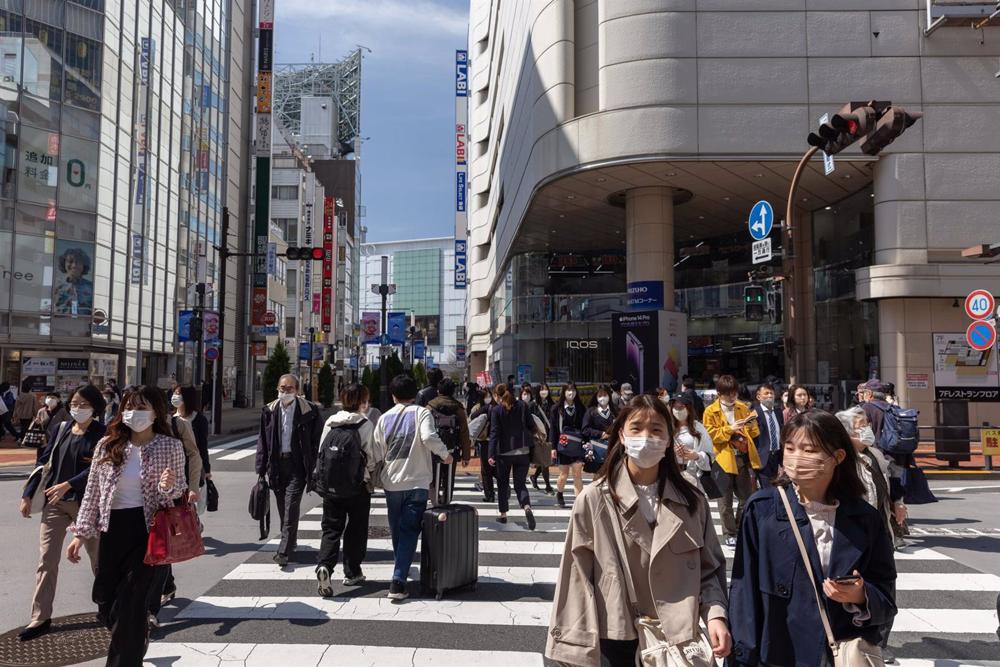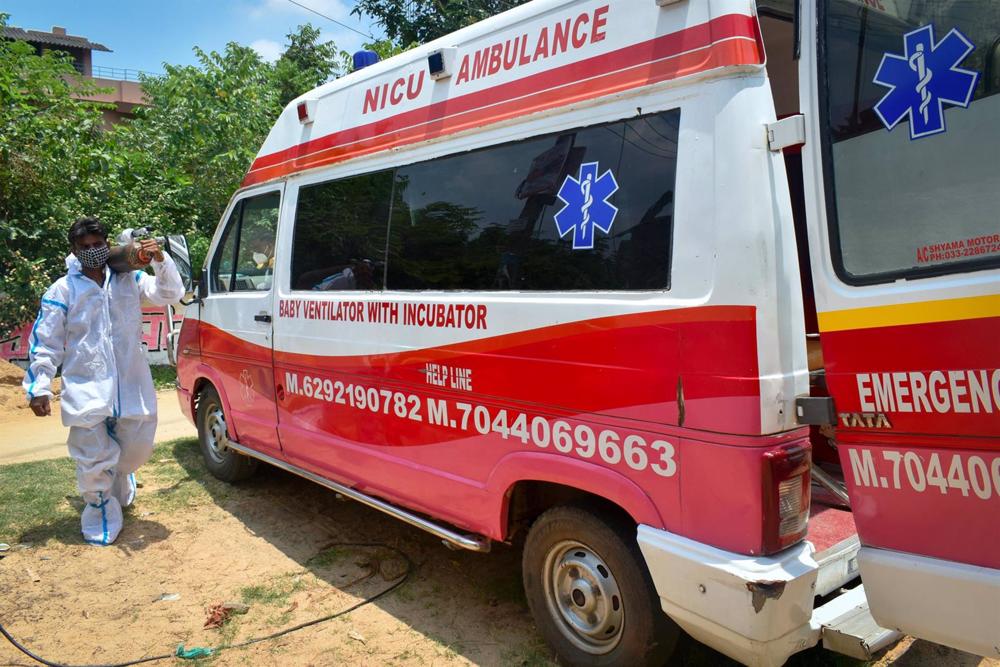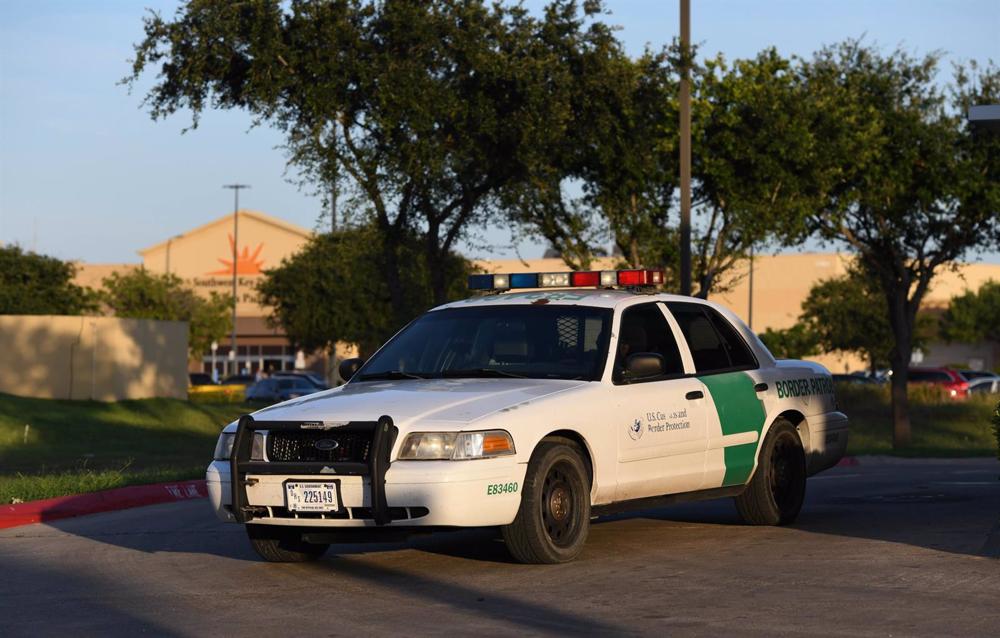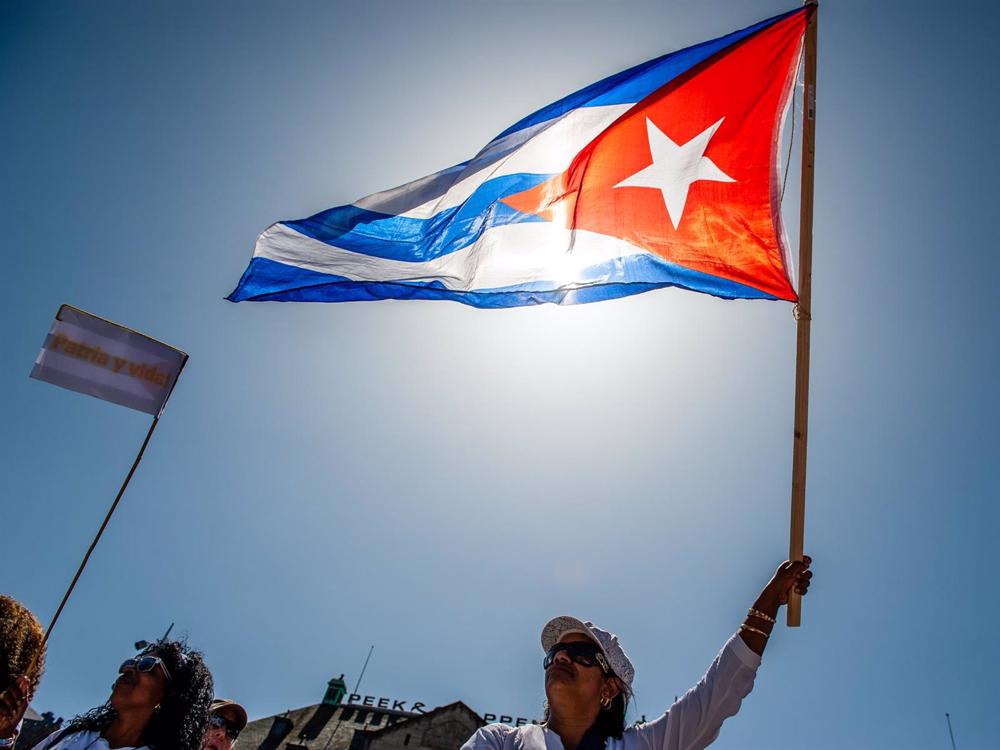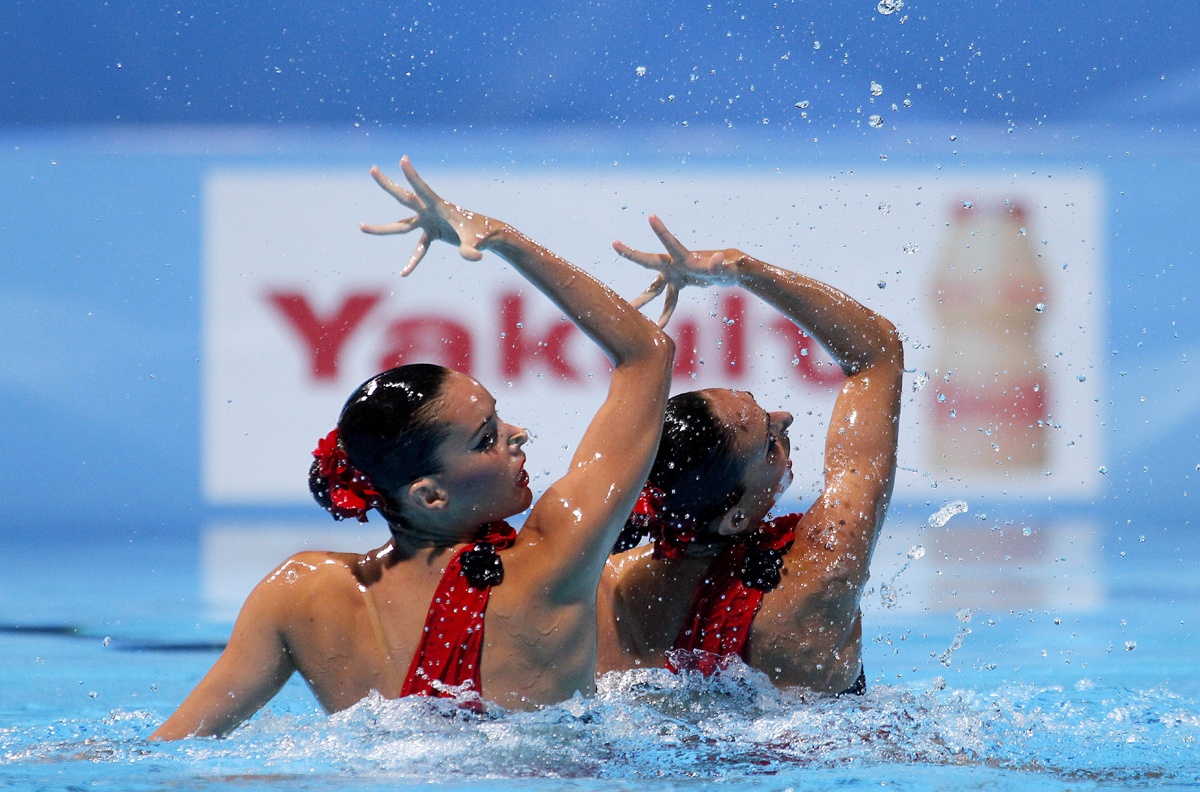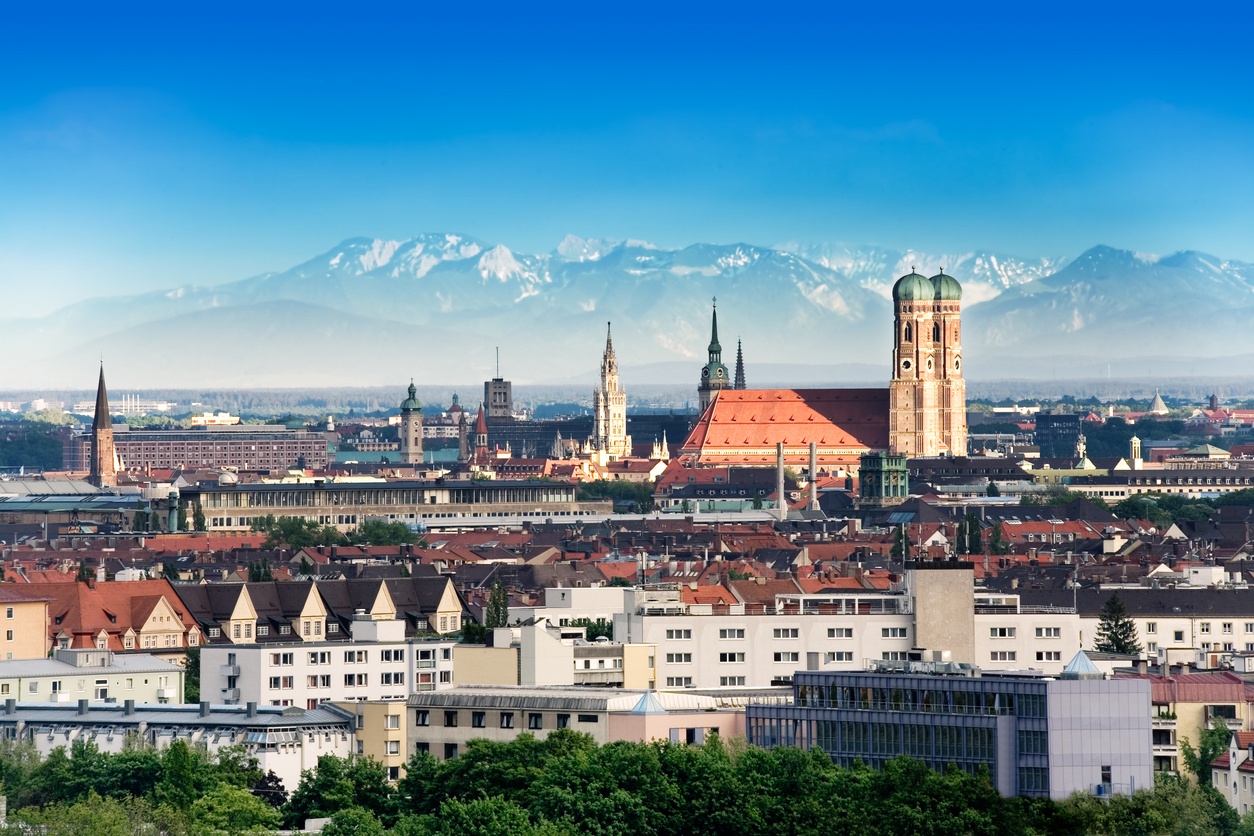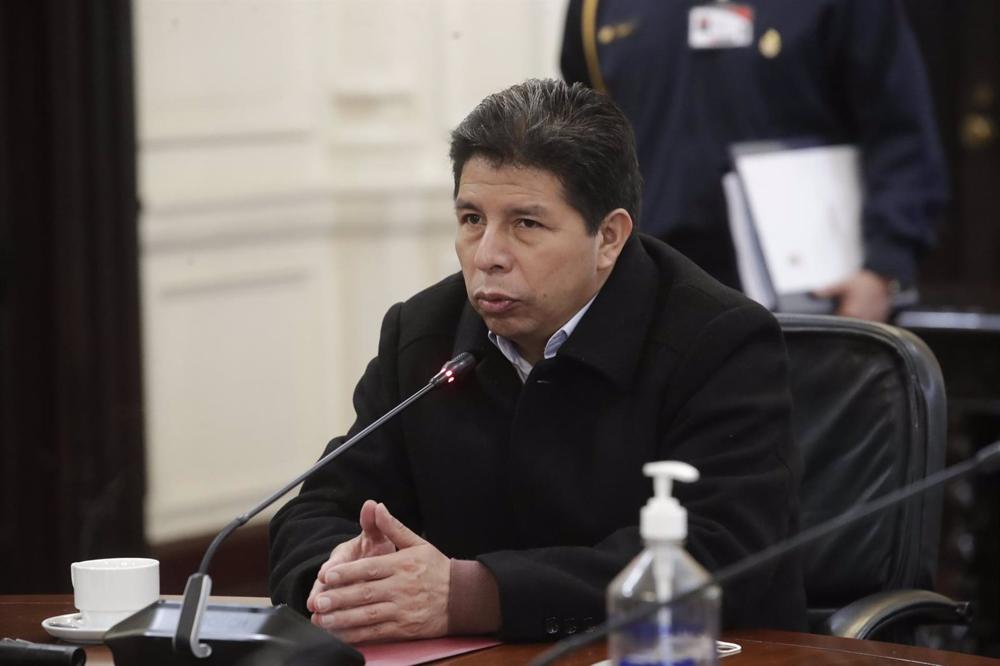
The dismissal of Pedro Castillo as president of Peru has led the Andean country to a hasty changeover, which is not new, as the Andean nation has lived through a constant political earthquake in recent years, with seven different people as head of state in just six and a half years.
Of these seven names, the longest term was that of Ollanta Humala, who governed from July 2011 to July 2016 and is now immersed in a corruption trial, a recurring tone in Peru’s recent period. In fact, Humala’s predecessor, Alan García, ended up committing suicide in April 2019, when he was to be arrested for the Odebrecht case.
Humala was succeeded by Pedro Pablo Kuczynski, who resigned in March 2018 when Congress was preparing to vote for the second time on a motion of censure against him, also for corruption offenses.
Kuczynski’s fall meant the rise of Martín Vizcarra, also a victim of his bitter confrontation with Congress. He was dismissed in November 2020, after legislators tried on several occasions to remove him from power due to various accusations.
The presidential vacancy was filled by Manuel Merino, who went from leading Congress to leading the country. However, he barely lasted five days in office, as he was forced to resign after a succession of protests that resulted in two deaths.
The crisis was resolved with the appointment of Congressman Francisco Sagasti, who from the very beginning assumed that he would only be in office until the next elections were called. Thus, he remained in power from November 17, 2000 to July 28, 2021.
It was then when Pedro Castillo took office, at the head of a leftist candidacy but with conservative social nuances that has ended up blowing up this Wednesday, again after a struggle with the Congress that led the president to try ‘in extremis’ a dissolution of the legislature.
After Castillo’s dismissal and subsequent arrest, his ‘number two’, Dina Boluarte, will assume power and will make history as the first woman to assume the Presidency in Peru.
